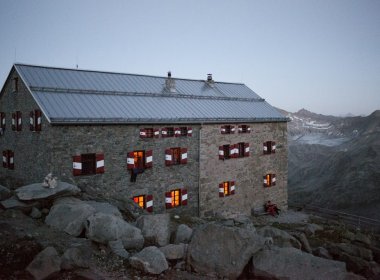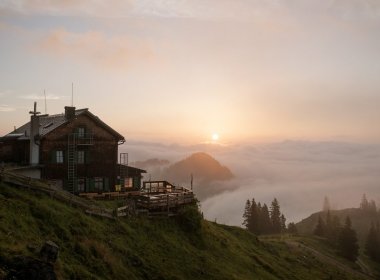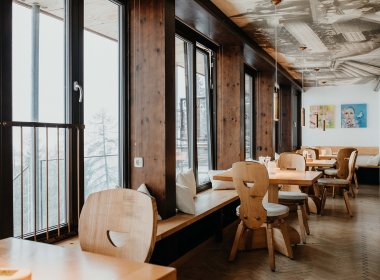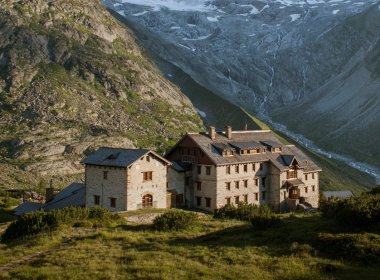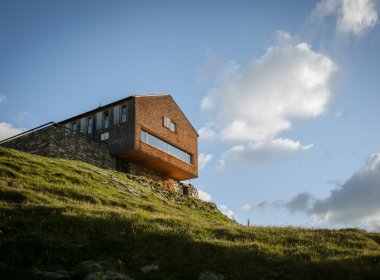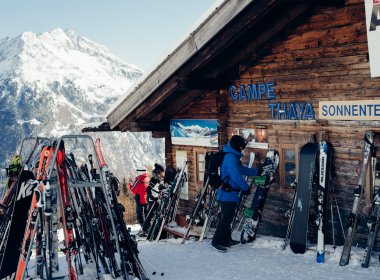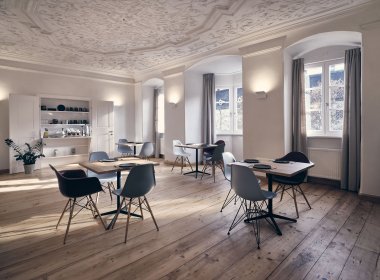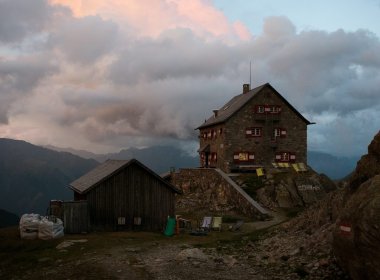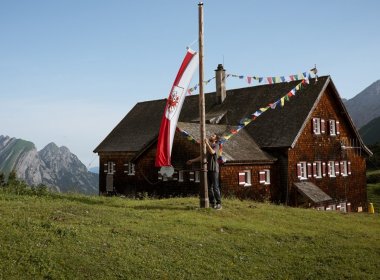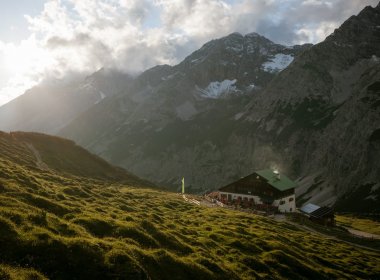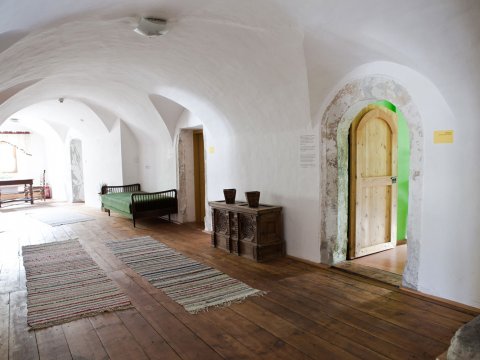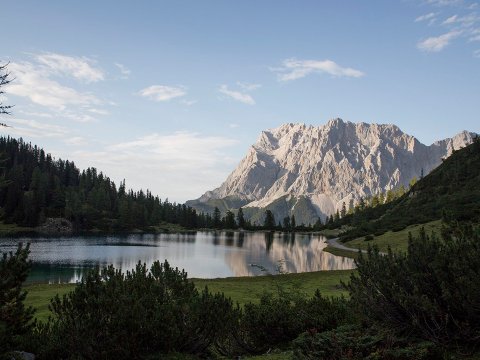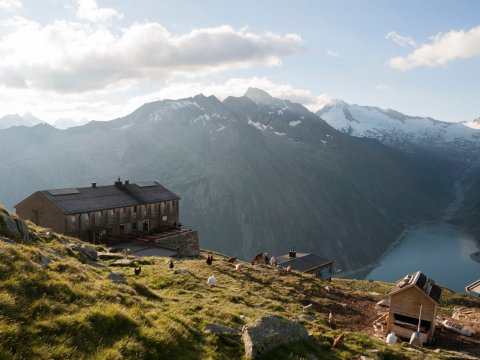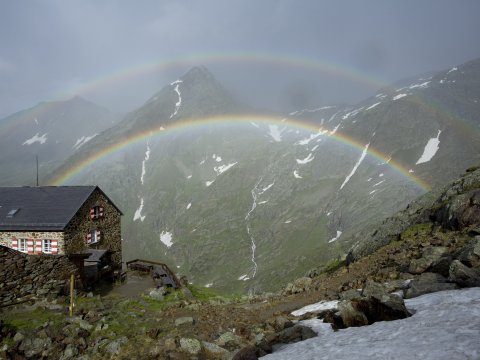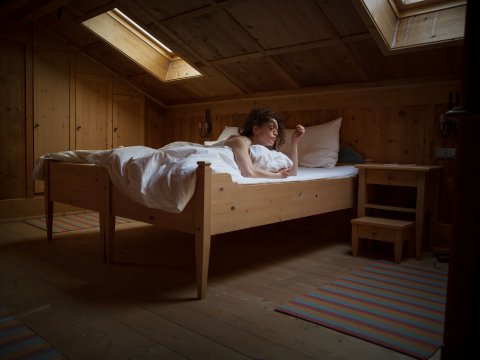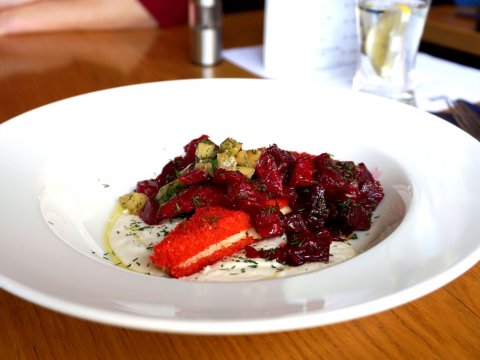Not Your Ordinary Hotel: Trinserhof in Gschnitztal Valley
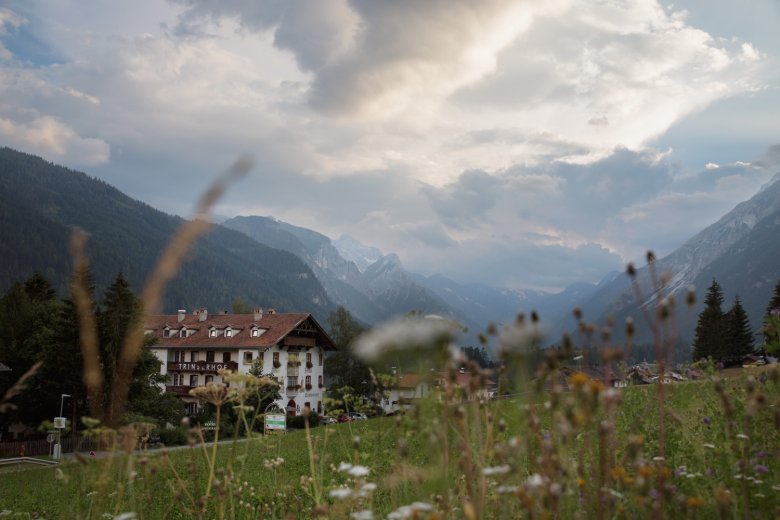
When you book a room at Trinserhof, you’re in for a hotel experience like no other. While it may sound like a bit of a contradiction, it’s a little bit traditional (obviously), a little bit rustic, with a hint of modern, and infused with an heirloom and handmade look, created with great attention to detail by owner Jörg Covi.
If diners wish a fusion of flavours, executive chef Harry Covi knows how to cook perfect paella, Spain’s most famous dish. After all, he has spent a few of his working years in Spain. A seasoned chef with diverse culinary experience, his cooking style is now characterized by staples of classic Austrian cuisine: “Zwiebelrostbraten” (pan fried beef steaks with fried onions), “Salzburger Nockerln” (a sweet soufflé) and “Frittatensuppe”, a hearty beef broth with thin strips of sliced pancake.
I think it is best described as ‘Tirolean country house style’
The calendar says spring, but winter had something else in mind for that day, snow! Sitting in the library of Trinserhof, I meet Harry Covi, the head chef, his older brother Jörg Covi who is running the hotel, and Margit Covi, their mother who is 90 years old and “does nothing at all anymore”, but has many a story to tell. A recent snowstorm has buried Gschnitztal Valley under a white blanket, with 30 centimeters of snow fallen in a few hours. Inside, it’s warm and inviting and stunning – I’ll never want to leave.
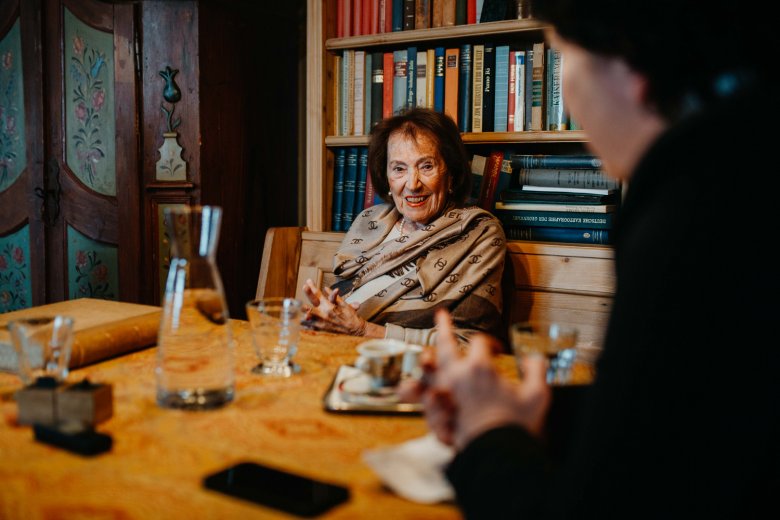
You’ll be spoiled in tasteful mountain-farm-rustic-charm-meets-palatial-luxury at the Trinserhof, with its 18 welcoming suites and rooms, a mix of contemporary and traditional that is warm yet polished. Time-tested elements from eras and genres are blended with modern and sophisticated design, creating a new style of its own—and out comes this irresistible hybrid. “I think it is best described as ‘Tirolean country house style’,” says Margit.

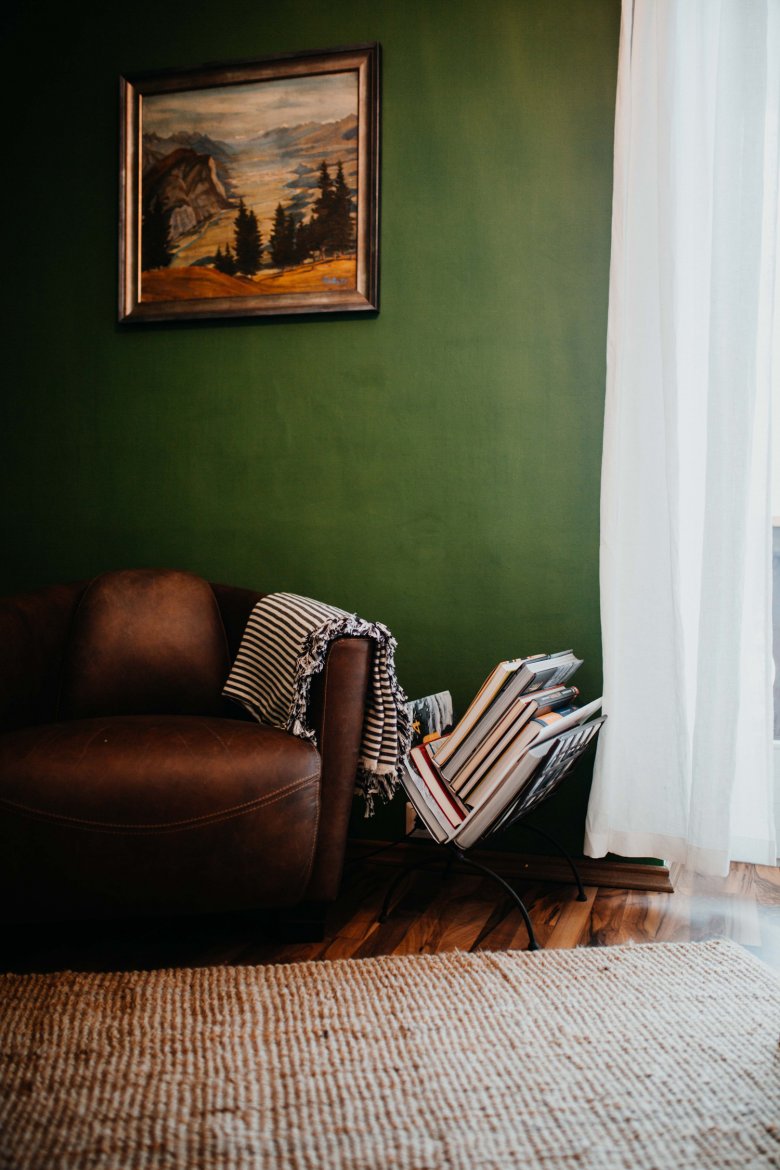
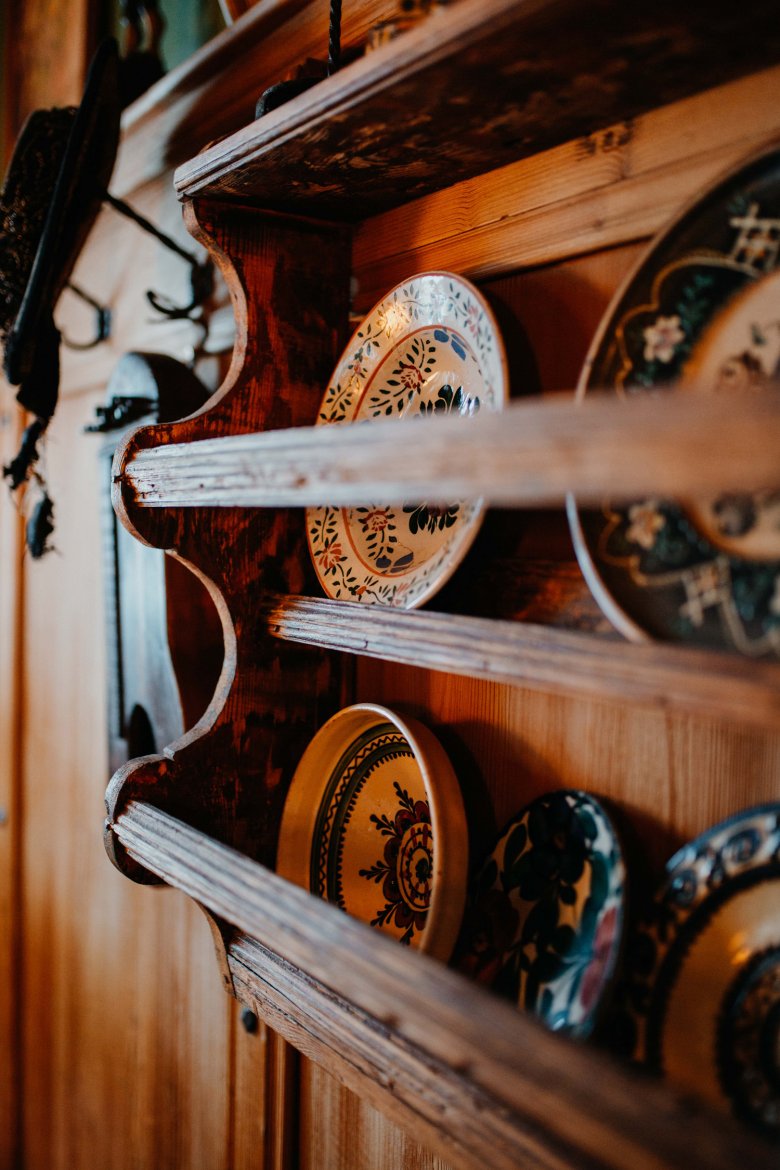
Margit and the Seven Men
For three generations, the Covi Family has set and maintained the highest standards of hospitality and service at Trinserhof. In 1941, the grandfather of today’s owners Jörg and Harry, an hotelier who was born in Italy’s South Tyrol, purchased the hotel that was originally built in the 1920ies. He turned over management responsibilities to his son Harald and his wife Margit in the 1950ies, who raised five sons. “My husband went to the mountains with guests while I was trying to manage hotel operation and seven men,” remembers Margit, today’s senior boss.
Jörg (born 1952) has twin daughters who will probably take over management of the Trinserhof in the near future. Today, both women work in quite different lines of business: Jennifer is a veterinary and Jessica is a product and industrial designer.
Tucked away in Gschnitztal Valley, a side valley of Wipptal, the two little communities of Trins (at the gateway to the valley) and Gschnitz (at the end of the valley) offer plenty of charms and jaw-dropping chocolate box scenery. The isolated valley’s placid beauty has verdant meadows curving down from the high peaks on either side of the valley. Jagged and rugged peaks named Blaser, Habicht, Gschnitzer and Pflerscher Tribulaun. Names that are mentioned in slightly hushed tones by mountaineers, the kind reserved for some legendary stories. “Trins has a population of 1,200 and an elevation of 1,200 meters above sea level. That’s quite easy to remember,” laughs Jörg.
Guests who have travelled the world appreciate that no two rooms are alike. People look for that kind of individuality.
In a few weeks, Trins and Gschnitz will officially become “Mountaineering Villages”. This recognition is bestowed on selected mountain villages in the Eastern Alps that have adopted actions for sustainable Alpine tourism and mountain agriculture and live in tune with nature. “Less, but better” is the mantra of the Alpine Association’s Mountaineering Villages that meet in full the aims of the Alpine Convention, a treaty which commits signatories to sustainable development throughout the Alpine region.
Artwork, Family Heirlooms & Storied Pieces
This is as well the philosophy of Jörg Covi in running the Trinserhof with its “18 rooms that tend to become less”. Step by step, he refurbishes all small rooms, tearing down walls to create more modern and spacious suites. He loves placing an antique with patina in the same space as contemporary furniture and a piece of modern art. Each room has its own charm, individually furnished with storied pieces and family heirlooms—Jörg’s grandfather was a passionate collector of rural implements, artwork, furniture and other antiques.
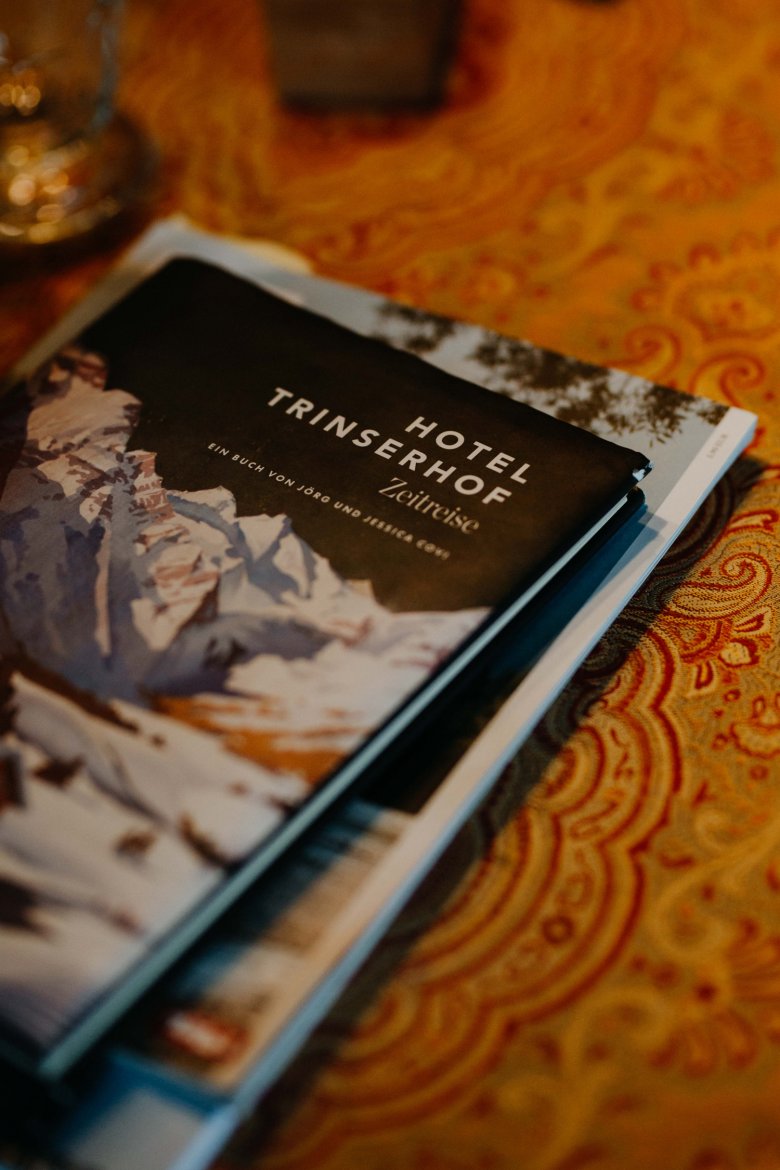
The Hotel Bar boasts a film poster of “The Last Valley”, which was shot in Gschnitztal Valley in 1969 and starrs Omar Sharif among others—who stayed at Trinserhof during filming. Another wall is adorned with a valuable original of world famous artist and cartographer Heinrich C. Berann (1915—1999), a Tirol native who was dubbed ‘the father of the modern panorama map’. A lovely set of antique wooden skis is used to decorate the wall of a room; in another guest room, a brass telescope is a bit of an heirloom like object that evokes a very specific feeling of a time gone by. The Séparée is a private side room for intimate dinners for two.
Something New Happens Each Day
The single room with the vintage four poster bed, richly carved and painted in traditional farmhouse style, is especially popular with single women travellers.

Every now and then, designer Jessica places a sophisticated piece of her furniture collection next to an old antique for a dash of surprise. The wonderful juxtaposition of old and new creates an amazing space where guests can relax and unwind. They can’t nail it down to a style — but they love the way it feels.
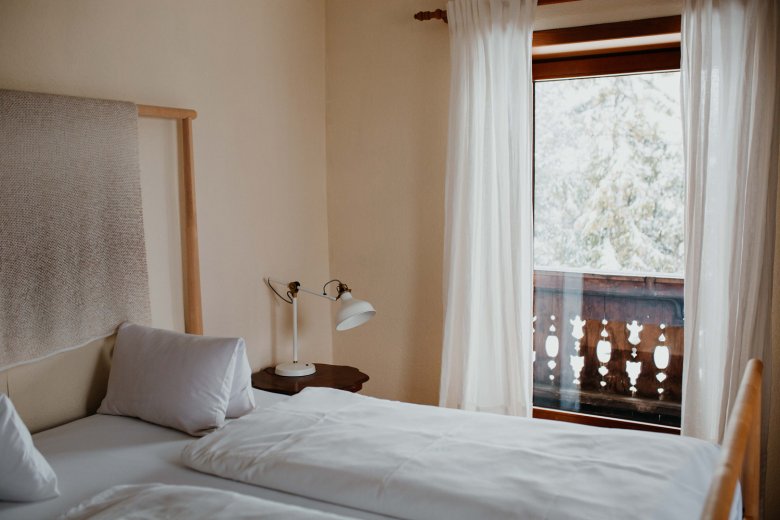
Jörg has a story to tell for each room, for each piece of furniture, for each adorning item. And he has realized that “even young people are looking for rooms that exude character. Guests who have travelled the world appreciate that no two rooms are alike. People look for that kind of individuality. I think there is this desire and need for something a bit different.”
Is running a hotel like this, deeply rooted in tradition, a burden or a joy? Jörg Covi has never seen it as a burden. He has both a passion and a knack for hospitality: “I love meeting new and interesting people all the time. I enjoy the fact something new happens each day.”










